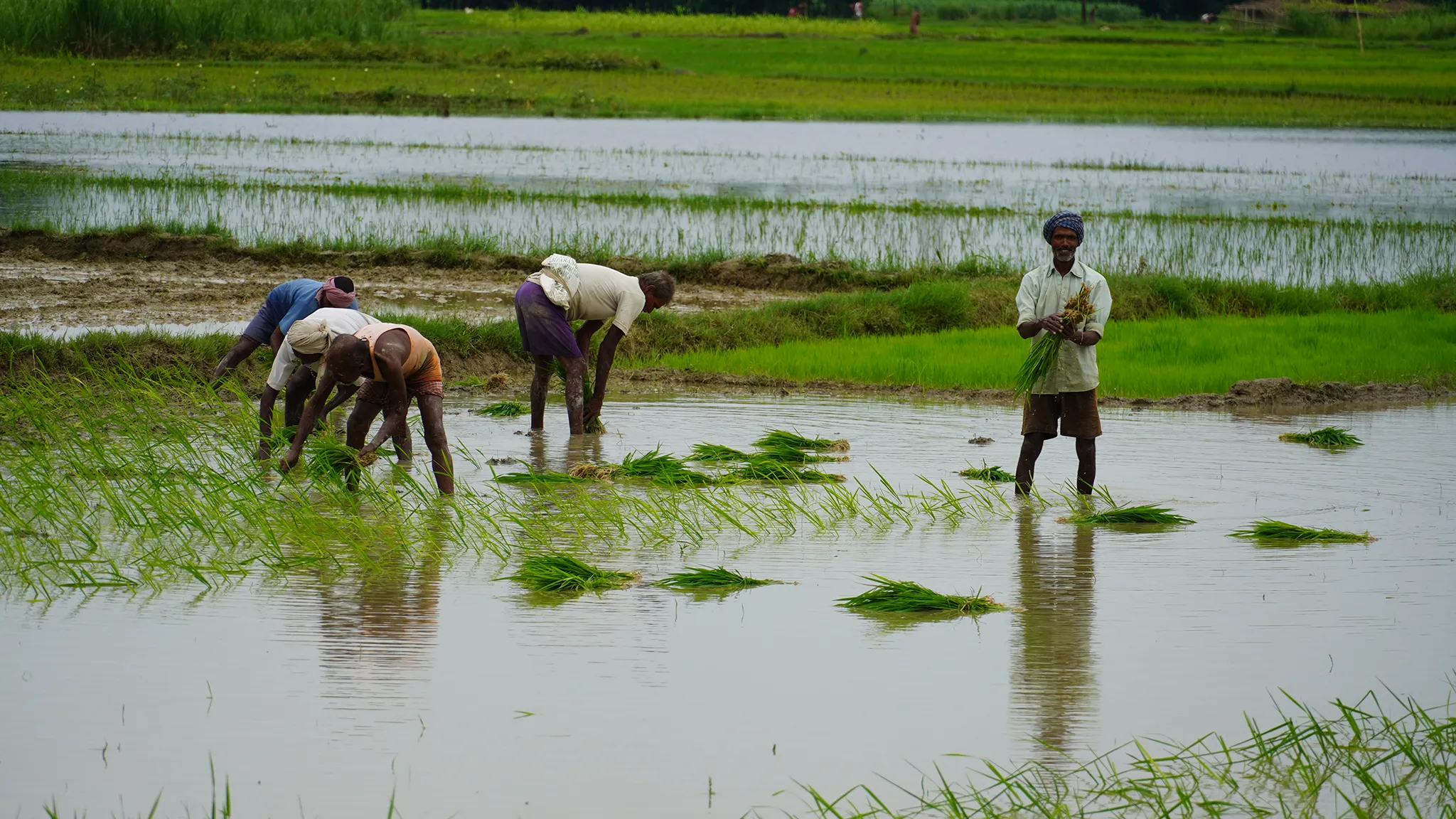For decades, food inflation was India’s economic pressure point. In 1991, it averaged nearly 18 percent, casting a long shadow over fiscal and monetary policies. Food, with its hefty weight in inflation indices and household budgets, was a political hot potato. While developed nations rarely blinked at vegetable price fluctuations, in India, it could sway elections. But times have shifted.
Shifting Sands of Inflation
Today, food’s threat to the political economy has lessened. Household expenditure on food has decreased from nearly 60 percent in 1999-2000 to about 46 percent in 2022-23, as per latest surveys. Rising affluence and improved farm productivity have played a role. The Reserve Bank of India (RBI) grapples with managing inflation, but the influence of food prices persists, even with a revised consumer price index. Despite low core inflation, pulses and vegetables still impact price stability. Should food’s weight in inflation measures be reconsidered? Maybe, but a new challenge looms large.
Climate Change – The New Disruptor
That challenge is climate change. Farm productivity globally is suffering from climate events. Global warming could add over 3 percentage points to annual food inflation in the coming decade. The US Federal Reserve now monitors hurricane seasons to gauge economic impact. Food prices are again concerning the government. Post-election, monitoring of 16 food items is prioritised, focusing on the “garib ki thali” (poor man’s plate). Rising temperatures in May pushed vegetable inflation to over 27 percent, pulses returned to double-digit inflation, and grains became 9 percent pricier. While technology advances, monsoon rains remain crucial for Indian farming. Bountiful rains are expected this year, potentially cooling food prices. However, long-term food price management requires tackling climate change outcomes. The Economic Survey of 2019-20 highlighted “Thalinomics,” tracking food affordability improvements until 2019-20. But climate change is brewing a storm on our plates.
Green Finance Imperative
To manage this storm, significant green financing is essential. Lenders are seeking better terms to boost sustainable financing, including revised priority-sector lending (PSL) norms and lower reserve requirements on green deposits. State Bank of India (SBI) and others have requested the RBI for incentives like reduced cash reserve ratio (CRR) for green deposits and revisiting PSL norms. Currently, renewable energy projects up to Rs 30 crore qualify for PSL. An RBI report suggests India needs an additional annual green investment of 2.5 percent of GDP until 2030 to bridge the climate infrastructure gap. This figure might be even higher considering climate change mitigation and adaptation needs.
Navigating the Path Ahead
The banking sector achieved record profits in FY24, but faces challenges in FY25 with potentially declining loan growth and pressured net interest margins. However, this profitability provides a base to channel funds into green initiatives. Encouraging green finance isn’t just environmentally sound; it’s economically prudent. Revisiting PSL norms and offering incentives are crucial steps. As climate change increasingly dictates economic realities, aligning financial strategies with sustainability goals becomes not just an option, but a necessity for India’s future.
Will policy adjustments keep pace with the accelerating climate challenges? The next few policy decisions will be critical in steering India towards a climate-resilient and food-secure future.










Leave a Reply